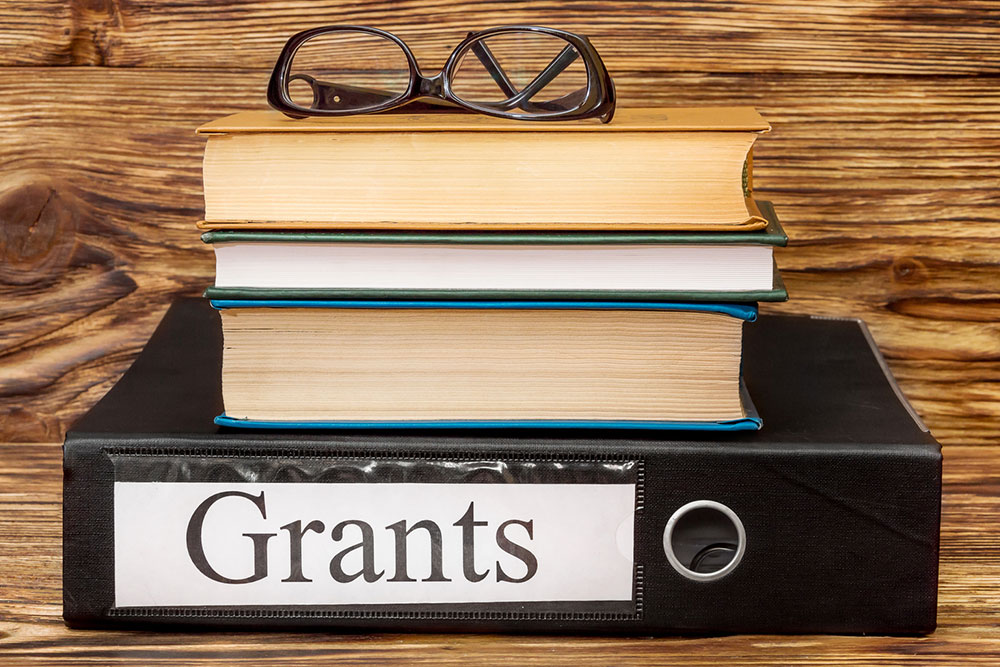
7 common mistakes to avoid when applying for grants
If one receives a rejection for a grant application, it is understandable to question what went wrong. Since most grants receive thousands, if not more, applications, individuals must ensure theirs makes an impact on the review board and doesn’t lack the must-dos of grant writing. Drafting grant proposals takes enormous time, relevant skills, and a sincere effort. One must follow the specified guidelines and avoid the common mistakes people frequently commit when applying for grants.
Mistake 1: Giving vague project descriptions
Your grant application must be concise and clear. Often, applicants do not define the project goals and objectives clearly. Unfortunately, it is one of the typical mistakes people make. So, to ensure the reviewer understands your project, avoid convoluted sentences, technical jargon, or complex phrases.
But this does not mean you must not specify the technical aspects of the project. You must be sincere and showcase your approach. Let the reviewer know how your innovation will make a difference. Striking this balance is challenging but achievable.
Further, clarity is vital when drafting the grant application. Some tips that one can follow for clarity in their application include being specific about the expected project outcomes, stating the goals and objectives clearly, setting measurable and quantifiable outcomes, setting a context and explain its relevance to you and the community, addressing the gaps, and giving a comprehensive breakdown of how this project bridges the gap and adds value.
Mistake 2: Not following the submission guidelines
Grant applications always have specific guidelines and requirements. Hence, you must follow the instructions to the T. Failing to follow the submission specifications is one of the common mistakes to avoid when applying for grants. It will likely push your application to the pile of rejections without a fair review. It is vital to follow certain steps before submitting the application, such as read the guidelines carefully before pressing Send. One must prepare a checklist of all the proposal components, such as recommendations, descriptions, budget, and cover letters, follow the correct document format, and stick to the deadlines. Essentially, before submitting, review and check everything is in place.
Mistake 3: Losing your voice
When you cautiously try to stay within the lines of the proposal’s requirements, you may often lose your voice and your work will read like anyone else’s. Consequently, you may dread the grant writing process, resulting in procrastination and unfavorable results. So while you must keep it concise, your grant proposal should have a story to tell. As you write, let the reviewer know why you are passionate about the organization’s programs and mission and when you feel most connected to the work you do. These narratives can help differentiate your proposal from the others’. Moreover, your unique perspective and voice will draw the reader in and help them see your efforts through your words.
Mistake 4: Not matching the grant’s area of interest
In several cases, grant funders always have specific areas of interest regarding research and allocate funds to meet their goals in the field. Thus, you are likely to lose funding when your project does not align with the grant’s vision or type of organization. So, before submitting the proposal, you can consider following these steps. First, review the application; ensure it achieves the strategic objectives specified in the grant description. You must tailor the proposal accordingly and highlight the project aspects relevant to the reviewer.
Finally, demonstrate your measurable goals from the beginning to gain the review board’s attention and trust. If your goals and research purposes do not align with those of a particular grant, you can look for others with similar objectives.
Mistake 5: Not providing adequate budget details in the proposal
Many applicants struggle when they have to develop a budget. However, not providing a budget can lead to fewer funds than required, negatively impacting the project. When writing the grant application, applicants must include the total budget for the project and give a breakdown of how they wish to spend this money. Additionally, they must provide details, including invoices or quotations from the supplies., include the program costs, and avoid inputting vague amounts or estimates.
Mistake 6: Re-using the same pitch
Grant writing demands sincere time and effort. You cannot rush with it or take shortcuts. While individuals may think copying the same pitch for every grant application is easier, experienced reviewers often catch the subtle cues that point to this action. Essentially, applicants must tailor every proposal to meet the unique expectations and requirements for every grant they apply to.
Mistake 7: Missing or giving incomplete answers to application questions
It may be hard to imagine submitting an unfinished proposal, but it is a prevalent mistake. While applicants may not have the right answers to every question, not answering vital questions about the project, its purpose, or your research methods may leave the reviewer doubting your sincerity. This often results in an instant rejection from the competition without even getting a chance for a fair review. So you must always review the funding guidelines and answer what’s asked. Do not miss any questions, as each one holds value.


